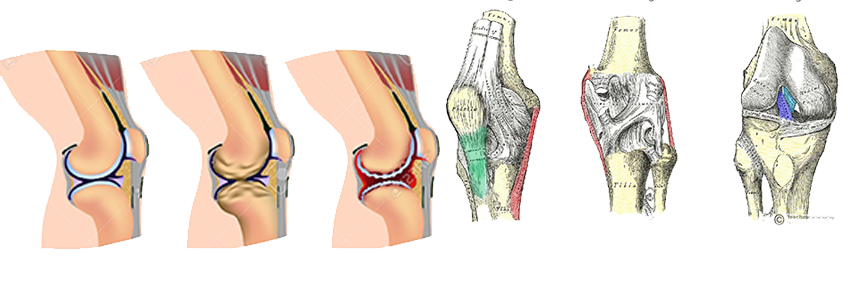Arthritis

- septic (infectious arthritis) – bacteria gets entry to the joint via blood. It causes inflammation of the joint. The joint is exquisitely painful and slight movement elicits excruciating pain. Tuberculosis bacteria can also cause infectious arthritis but is not as painful as other bacteria. Once the infection resolves, extensive damage is done to the joint.
- arthritis due to presence of crystals in the joint (gout): high uric acid in the blood gets deposited in the joint and cause inflammation.
- autoimmune diseases (lupus): similar to RA, other immune disease like SLE and psoriasis also can cause arthritis.
- Blood test and analysis of joint fluid: your doctor may aspirate the joint with a needle and look for signs of infection and presence of crystals. Blood test help to identify the cause like RA and SLE. You will have an elevated Rheumatoid Factor (RF) in your blood if you have RA.
- X-ray, MRI, CT scan of the joints are done to find out type and extent of damages and also to rule out other conditions.
- Medicines: Acetaminophen and other NSAIDs are given for pain relief and to reduce inflammation. Apart from the analgesics and NSAID, drugs that modulate your immune system are required for RA. These are called disease modifying antirheumatic drugs (DMARDs). These medication prevent further destruction of your joints. At the same time they also increase your risk of catching infection in other organs.
- Therapy: Other non-pharmacological measures like physical therapy, occupational therapy, use of braces to support joints, etc. are recommended to improve function and strengthen muscles.
- Surgery and other procedures: Injection of cortisone into the joints for pain relief and joint repair or replacements are needed in some cases.
- Alternative therapy: Although commonly used, no alternative therapy method has been proven superior to placebo. Some of the treatment options that are promising are glucosamine, acupuncture, yoga and tai chi.
Arthritis means inflammation of joints. It is a generic term that encompasses hundreds of conditions where joint inflammation causes symptoms of pain, swelling and stiffness of joints. Two most common causes of arthritis are Osteoarthritis (OA) and Rheumatoid Arthritis (RA). Arthritis can be caused by infections, crystals and other autoimmune diseases. Arthritis is usually a disease of old age that is more common in women and overweight people.
Osteoarthritis occurs when the cartilage—which is the slippery tissue covering the bones at which areas they form a joint—is damaged due to regular, excessive wear and tear. Most commonly affected joints are hips, knees, and spine and hands and fingers, but ankles, elbows, shoulders and wrists joints are also affected, although less frequently. Symptoms are limited to joints without involvement of other organs.
Risk factors for development of osteoarthritis include increasing age, being a woman, injuries or deformities to the joint, obesity, and occupations with repetitive joint movements.
Rheumatoid arthritis occurs when cells of your immune system attack the normal tissues in your joint. It not only affects joints but also affect other organs, such as heart, lungs and cause extensive symptoms.
Risk factors for RA include family history, being a woman and age.
Other types of arthritis include:
Symptoms
Pain, swelling and stiffness of the joints are the common symptoms of all arthritis. Joints are hot to touch on palpation of the joint. Severity of symptoms depend on site and numbers of joints involved. In osteoarthritis, pain is worse during ambulation and improves with rest whereas in RA the joint stiffness and pain improves on walking. In OA you will not feel symptoms outside of the joints. But in other cases you may have fever, fatigue and tiredness. Pain is excruciating in septic arthritis and gout. If arthritis is from autoimmune disease like SLE and RA you may experience symptoms like cough, chest pain or skin rash and difficulty eating.
Diagnosis
If you have persistent discomfort and swelling in your joints, you should consult your doctor. The doctor will listen to your symptoms and also perform a physical exam. Your doctor will assess for swelling and redness around joints, limited mobility of joints etc. Your doctor will also order following tests:
Treatment
The main aim of treatment is to reduce pain and prevent further damage. Treatments vary depending upon the type of arthritis you have. Exercising and maintaining a healthy weight will always help. The treatment modalities may include:



Send us your feedback on this article